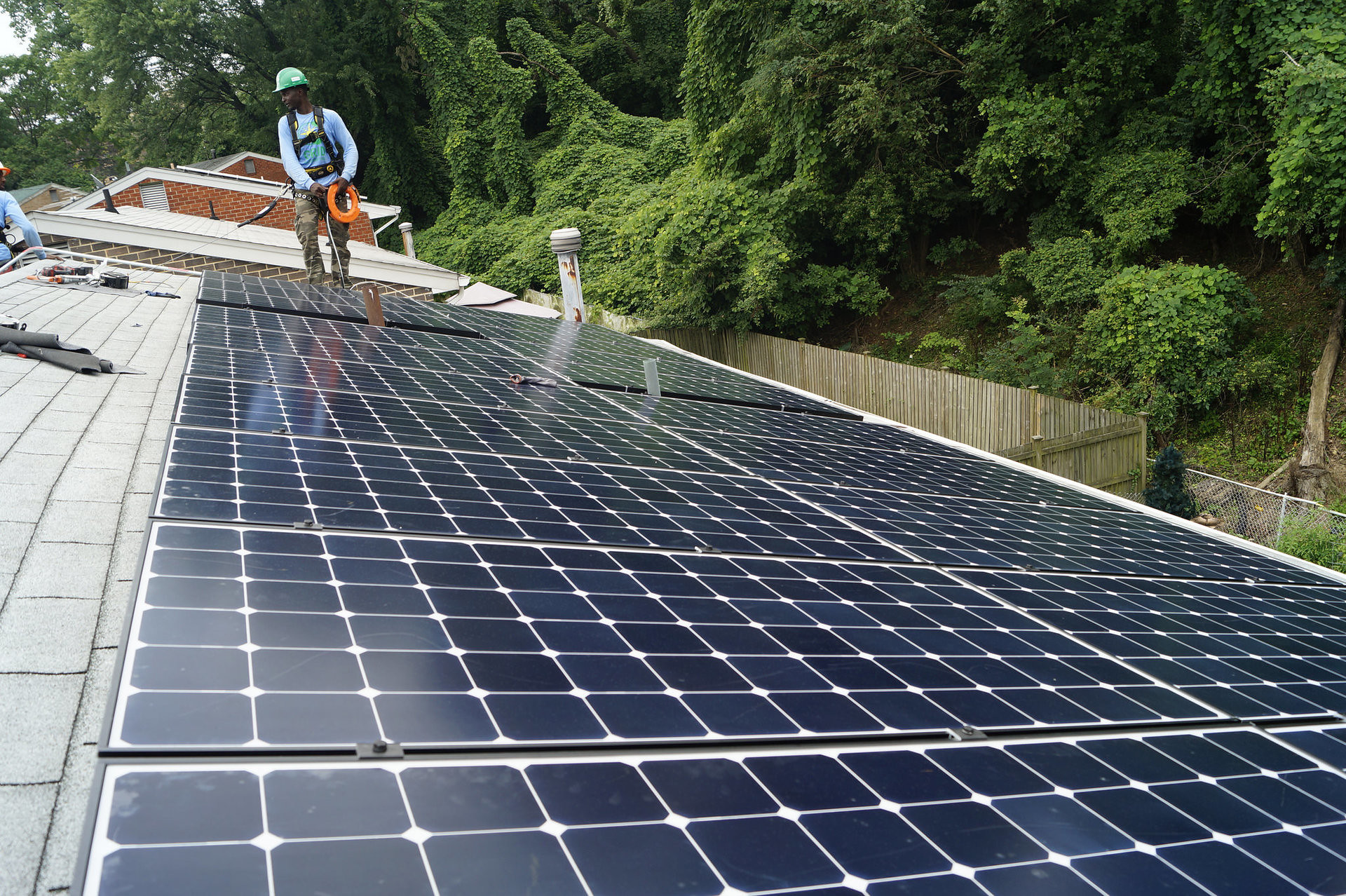What Are the Common Misconceptions About Metal Roofing
Many property owners have concerns about using metal for their structures due to outdated information. While misconceptions exist, modern advancements have made this option more efficient, durable, and visually appealing. Understanding the facts helps in making an informed decision. This article explores key misunderstandings and highlights the advantages of this material.
Metal Roofing Is Noisy During Rain and Storms
One of the most widespread myths is that metal roofing benefits are outweighed by excessive noise. Many assume rain or hail hitting the surface creates a loud, disruptive sound. However, modern designs include insulation layers and secure fastening techniques that significantly reduce noise levels.
When properly installed, these surfaces are no louder than traditional materials. Insulation absorbs impact, preventing unwanted sound from entering indoor spaces. In many cases, structures with a well-placed underlayment can be quieter than other materials. Choosing high-quality designs ensures a peaceful and comfortable living space.
Metal Roofs Attract Lightning Strikes
Another common belief is that metal increases the risk of lightning strikes. Since metal is a conductor, some assume it naturally draws electrical currents. In reality, this material does not increase the likelihood of being struck by lightning any more than other options.
Lightning follows the shortest path to the ground, typically targeting the tallest object in an area. Structures with this material are just as safe as those using other coverings. Additionally, metal is non-combustible, meaning that if lightning does strike, it reduces fire risks compared to more flammable choices. Proper grounding and construction techniques further enhance safety.
Metal Roofing Rusts Over Time
Many people believe that metal eventually deteriorates due to rust exposure. While older versions lacked protective coatings, modern advancements have addressed this concern. High-quality materials come with corrosion-resistant finishes that prevent rust from forming even after years of exposure.
Protective layers, such as special coatings and sealants, help block moisture from reaching the surface. These barriers ensure durability while maintaining a sleek appearance. Unlike outdated styles, current options withstand harsh weather conditions without showing signs of wear. Investing in quality materials guarantees long-term protection against rust and environmental damage.
Metal Roofs Make Interiors Unbearably Hot
Some believe that using metal increases indoor temperatures, making cooling systems work harder. However, metal roofing benefits include reflective properties that help regulate heat absorption. Advanced coatings reduce heat transfer, keeping interiors cooler during warm months.
Modern options reflect sunlight rather than absorbing it, lowering overall energy consumption. Many designs also allow for proper ventilation, preventing trapped heat from affecting indoor comfort. Choosing energy-efficient materials reduces cooling costs while maintaining a stable indoor climate. Properly fitted surfaces contribute to long-term savings and improved temperature control.
READ MORE : International Tax Planning and Business Structuring
Metal Roofing is More Expensive Than Other Materials
Many assume that metal is the most costly option, making it less practical for budget-conscious property owners. While the upfront cost may be higher than some alternatives, the long-term benefits often outweigh the initial investment.
Metal surfaces are highly durable, requiring fewer repairs and replacements over time. Their resistance to weather-related damage reduces maintenance expenses, making them more cost-effective in the long run. Moreover, energy-efficient coatings help lower cooling costs, leading to significant savings over the years. When considering lifespan and durability, metal often proves to be a more economical choice than traditional materials.
Understanding the facts helps clear misconceptions and highlights metal roofing benefits that many overlook. Modern advancements ensure these surfaces are quiet, resistant to rust, and highly energy-efficient. Unlike outdated beliefs, they do not attract lightning or cause excessive indoor heat. Proper installation and quality materials offer long-term durability, lower maintenance costs, and reliable protection. Recognizing these advantages allows property owners to make informed choices, ensuring a strong, efficient, and lasting roofing solution.

